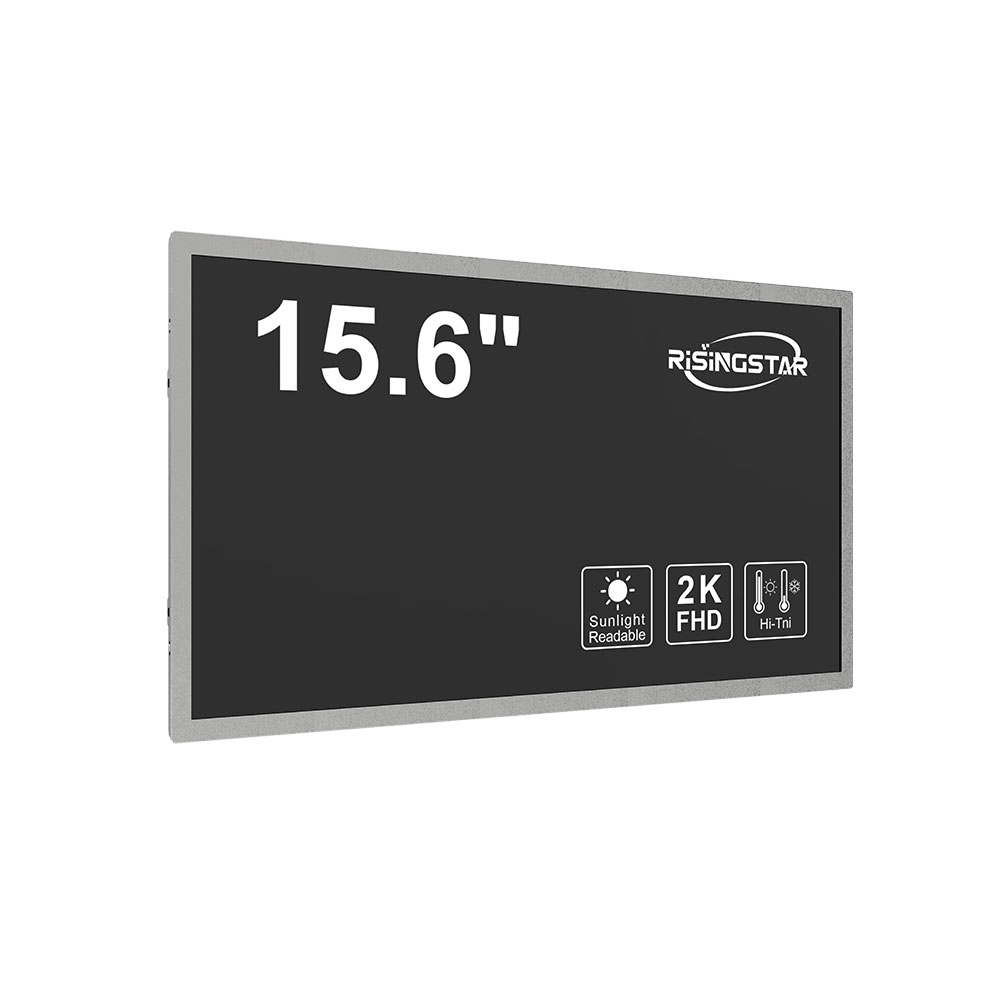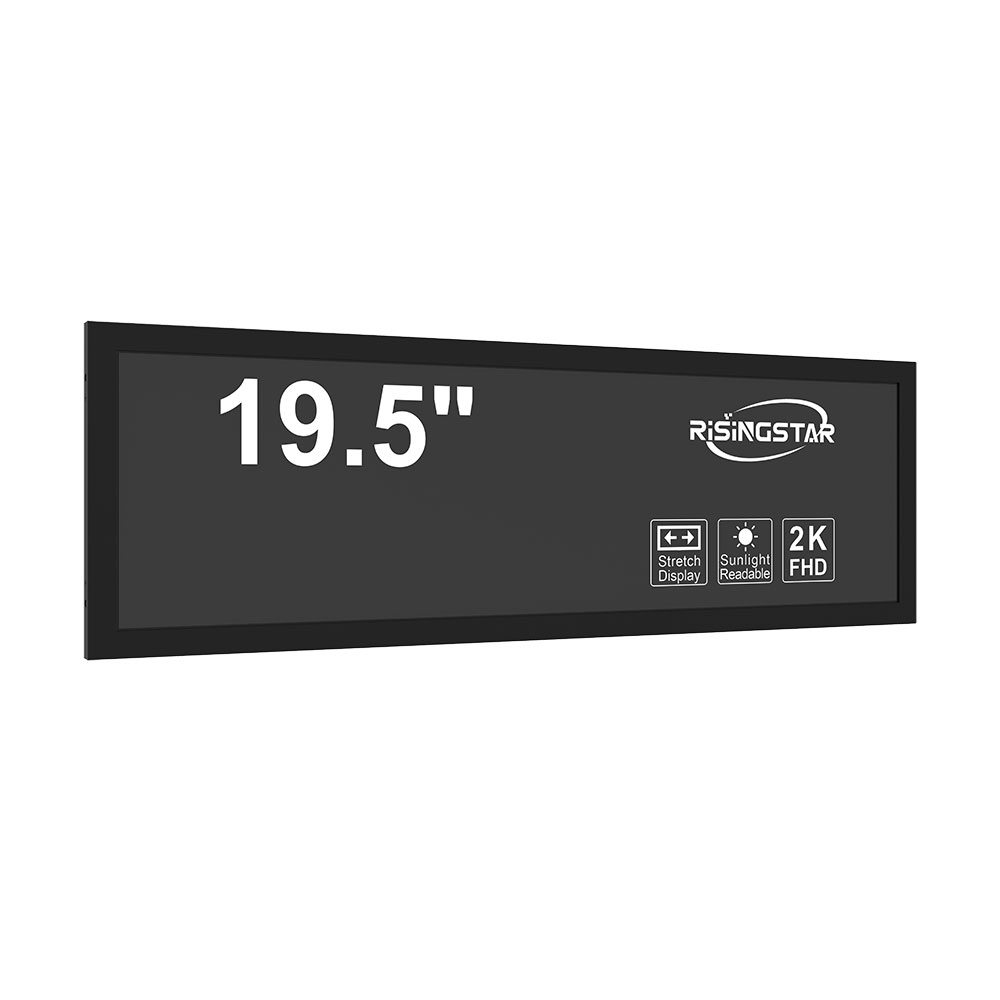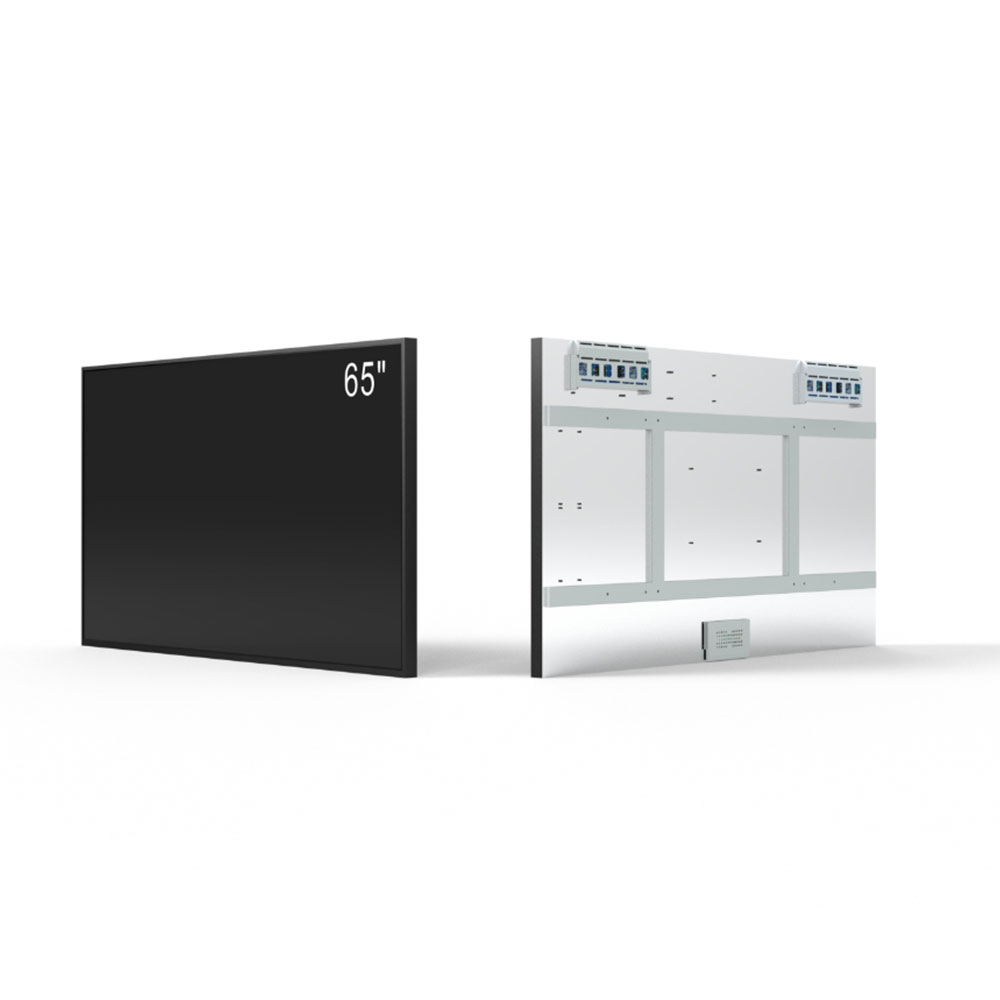- Home
- About Us
- Products
- News
- Video
- Contact
- Send Inquiry
Search
- Home
- About Us
- Products
- News
- Video
- Contact
- Send Inquiry

When selecting an outdoor LCD screen for high-brightness applications—such as digital signage in retail, transportation hubs, stadiums, or public information displays—it’s critical to move beyond surface-level specs and understand the engineering principles, environmental challenges, and real-world performance metrics that determine long-term reliability and visibility. These screens must operate reliably under intense sunlight, extreme temperatures, humidity, and physical exposure while maintaining clarity, color accuracy, and energy efficiency.
The global outdoor digital signage market was valued at USD 15.8 billion in 2023 and is projected to grow at a CAGR of 8.7% through 2030 (Grand View Research, 2024). This rapid expansion is driven by increasing demand for dynamic advertising, smart city infrastructure, and real-time data delivery in open-air environments. However, choosing the right display technology is not just about brightness—it involves balancing contrast ratio, viewing angle, durability, power consumption, and total cost of ownership (TCO).

To begin, it's essential to define what “high brightness” means in practical terms. While indoor LCDs typically range from 250 to 500 nits, outdoor screens must exceed 5,000 nits to remain visible under direct sunlight. Industry standards such as ANSI/IES RP-6-21 (Illuminating Engineering Society) specify that outdoor displays should have a minimum luminance of 5,000 cd/m² for full daylight readability. Some premium models now offer up to 10,000 nits, enabling use in direct equatorial sun conditions without glare-induced legibility issues.
Brightness alone does not guarantee performance. The actual usable brightness depends on ambient light levels, which vary significantly based on location, time of day, and weather. For instance, a screen mounted in a shaded urban plaza may only require 3,000–4,000 nits, whereas one installed on a rooftop billboard in Phoenix, Arizona, must be engineered for 7,000–10,000 nits. Therefore, manufacturers like LG Display, Samsung Electronics, and Sharp Corporation employ adaptive brightness control systems that dynamically adjust luminance using ambient light sensors integrated into the display module.
Beyond brightness, another key metric is contrast ratio—the difference between the brightest white and darkest black the screen can produce. A high contrast ratio ensures sharp image definition even in bright environments. In outdoor settings, static images with poor contrast appear washed out and unprofessional. According to a study published in IEEE Transactions on Consumer Electronics (2022), outdoor LCDs with a contrast ratio above 5,000:1 maintain visual integrity better than those below 3,000:1 when exposed to direct sunlight for extended periods.

Viewing angles are equally important. Most commercial LCD panels offer horizontal viewing angles of around 178°, but this can degrade under sunlight due to glare and polarization effects. Advanced technologies like IPS (In-Plane Switching) and VA (Vertical Alignment) panels provide superior off-axis color consistency compared to older TN (Twisted Nematic) panels. Additionally, some manufacturers apply anti-glare coatings or nano-textured glass layers to reduce reflections, improving usability across multiple perspectives—a crucial feature for pedestrian-facing digital billboards.

Durability is perhaps the most underestimated factor in outdoor LCD selection. Unlike indoor environments, outdoor screens face constant exposure to dust, moisture, UV radiation, temperature fluctuations, and potential vandalism. IP ratings (Ingress Protection) are standardized by IEC 60529 and serve as a benchmark for protection against solid objects and liquids. For example, an IP65 rating indicates complete protection from dust ingress and water jets from any direction, making it suitable for most outdoor installations. Higher-rated enclosures like IP68 (full immersion resistance) are necessary for coastal areas or regions prone to heavy rainfall.
Thermal management is also critical. LCDs generate heat during operation, and without proper cooling mechanisms, internal components degrade faster. Passive cooling via aluminum heatsinks and thermal conduction is common, but active cooling—using fans or liquid-based systems—is preferred for high-end units operating continuously in hot climates. Studies from the University of California, Berkeley (2023) show that LCDs maintained at optimal internal temperatures (below 45°C) experience 40% less pixel degradation over five years compared to those exceeding 55°C.
Energy efficiency cannot be ignored either. Many outdoor screens are powered by solar panels or connected to grid sources in remote locations where electricity costs are high. LED-backlit LCDs have largely replaced CCFL (Cold Cathode Fluorescent Lamp) technology due to their lower power consumption and longer lifespan. Modern OLED and MicroLED alternatives are emerging, but they remain cost-prohibitive for mass deployment. Energy Star-certified outdoor displays consume up to 30% less power than non-certified models, reducing both operational costs and carbon footprint.
Installation considerations include structural support, mounting options, and cable management. Rigid aluminum frames with corrosion-resistant finishes are ideal for permanent fixtures. Mounting solutions must account for wind load, especially in exposed areas like highway rest stops or airport terminals. DIN rail mounts, wall brackets, and pole-mount kits are standard in the industry, often designed according to ISO 16792 for mechanical safety in public spaces.
Maintenance planning is vital for longevity. Regular cleaning with microfiber cloths and distilled water prevents dust buildup that reduces transparency. Firmware updates ensure compatibility with new content management systems (CMS), while predictive maintenance tools—like built-in diagnostic LEDs or cloud-based monitoring platforms—help identify issues before failure occurs. Case studies from cities like Singapore and Tokyo demonstrate that proactive maintenance extends screen life by 2–3 years, lowering TCO significantly.
Case Study: The City of Los Angeles deployed over 1,200 outdoor LCD screens across bus stops and transit stations in 2022. They selected 5,000-nit, IP65-rated displays with adaptive brightness, IPS panels, and fan-assisted cooling. Results showed a 92% reduction in downtime compared to previous models, with average daily uptime exceeding 22 hours. Maintenance costs were reduced by 35%, primarily due to fewer repairs caused by overheating and dust accumulation.
Similarly, Dubai Metro’s rollout of 600 high-brightness LCDs used a hybrid approach combining local solar charging with grid backup. Each unit featured a 10,000-nit brightness level, anti-reflection coating, and a custom-designed enclosure rated IP68. After two years, no screen failed due to environmental stressors—a testament to robust design and rigorous testing protocols.
In conclusion, selecting the right outdoor LCD screen requires a holistic evaluation of technical specifications, environmental resilience, energy efficiency, and lifecycle cost. It’s not merely about purchasing the brightest screen; it’s about investing in a solution that performs consistently year-round, withstands real-world abuse, and delivers clear messaging regardless of external conditions. As the demand for smart urban infrastructure grows, so too will the need for intelligent, durable, and sustainable outdoor display technologies.